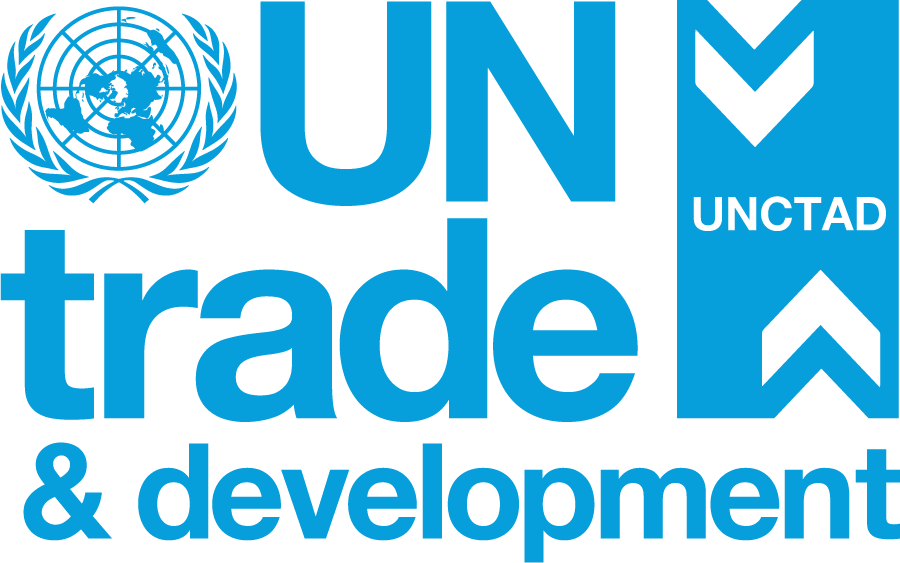Productive capacities for the new decade
Excellencies,
Ladies and gentlemen,
The international community is entering an active and ambitious period with less than 10 years remaining on the 2030 timeline to achieve the Sustainable Development Goals.
The COVID-19 crisis shook the very foundations of the international system, and we all continue to feel the pandemic’s effects. Notwithstanding the global loss of lives and livelihoods, the shock has hit the LDCs hard, rolling back their hard-earned progress in poverty reduction and other measures of socio-economic development.
Several events are scheduled to take place in the coming months which hold critical relevance for LDCs. UNCTAD will hold its 15th quadrennial Conference will take place in October. Soon after, world leaders will meet at Twelfth WTO Ministerial Conference at the end of November, followed by the 5th UN Conference on LDCs in January 2022. These are invaluable occasions to come together in support of the most vulnerable.
These opportunities must not be missed.
The pace and quality of economic transformation in most LDCs have been limited by weak productive capacities despite achieving impressive growth in recent years. This is compounded by a failure to enhance productivity in key sectors, such as technology-intensive manufacturing or services.
We have found that the most desirable and equitable form of growth and development is one grounded on the expansion of productive capacities. Because this creates opportunities. It generates employment, enhances technological learning, boosts productivity, and increases household income. All these factors are necessary for achieving sustainable development. And for LDCs, productive capacities play an important part in catching up with more advanced economies.
As part of the preparatory process for both UNCTAD 15 and LDC5, the international community should take time to reflect and learn from past experiences. Since the LDC4 in 2011 and the adoption of the Istanbul Programme of Action, only four countries[1] have graduated. At present, 11 countries are in the graduation pipeline. Looking ahead, all but three of the Asian-Pacific LDCs are expected to have graduated from category within the next 10 years. This means that the LDC category would largely be composed of African countries.
To meet the challenges facing LDCs in a post-COVID reality, we must react accordingly. For the next Programme of Action, bold policies and strategies should be crafted to meet the specific needs of these countries towards and beyond graduation. Building, maintaining, and utilizing productive capacities must be central to this plan. Indeed, given their importance for the future and present of LDCs, productive capacities should form the overarching framework for the next Programme of Action. All other strategies and related policies should be intertwined within this broad goal.
Productive capacities must not only be part of a fragmented collection of sectoral actions. This approach characterized the Istanbul Programme of Action, and the outcomes speak for themselves. As I said before, we must be bold when crafting of the new programme of action. And we must go beyond the status quo. With the right set of policies and coordinated support from governments, development partners, the private sector, civil society and more, investing in building productive capacity can lead to structural transformation and economic diversification. Moreover, strong productive capacities can spur knock-on effects on employment, inclusive growth, resource efficiency and environmental sustainability.
But we should not stop there. Comprehensive monitoring in the development of new and the strengthening of existing productive capacities is essential. In this context, I am pleased to confirm that UNCTAD has developed the Productive Capacities Index. The Index has been carefully crafted as a practical and data-driven tool to benchmark the current level of productive capacities and help countries track progress over time. Thanks to the breadth and depth of the Index across eight components[2] of productive capacities to enable countries to assess where they are performing well and identify areas where they lag behind.
Furthermore, through a Productive Capacities Gap Assessment, UNCTAD provides technical cooperation for countries to leverage the PCI in assessing their own productive capacity gaps and identifying the national strategies to close those gaps.
In closing, please allow me to emphasize that UNCTAD is committed to being a key partner for LDCs, including in the negotiation of the Programme of Action text that will be adopted next January in Doha.
UNCTAD’s LDC-focused research and analysis on financing for productive capacity building, on investment, ODA and the role of e-commerce through our e-trade Readiness Assessments, among other topics, is at your disposal.
UNCTAD remains ready to share our expertise and build on our long history of support to the LDCs and vulnerable economies.
We look forward to continued close engagement in the preparatory processes for UNCTAD 15 and LDC5.
Thank you.
[1] Maldives, Samoa, Equatorial Guinea, and Vanuatu
[2] human, natural capital, energy, transport, ICTs, institutions, the private sector and structural change


